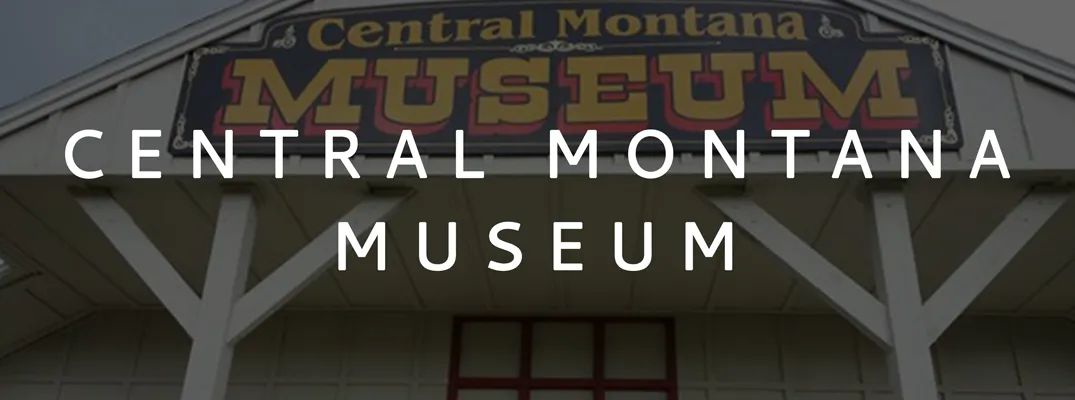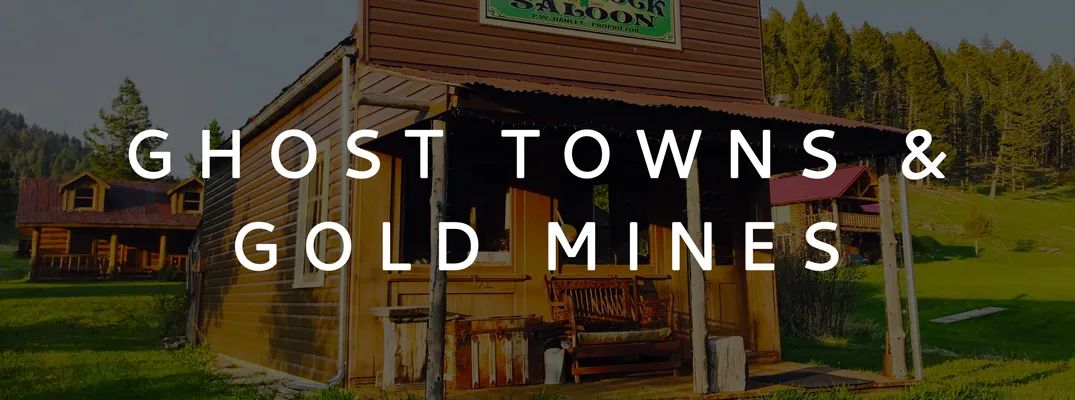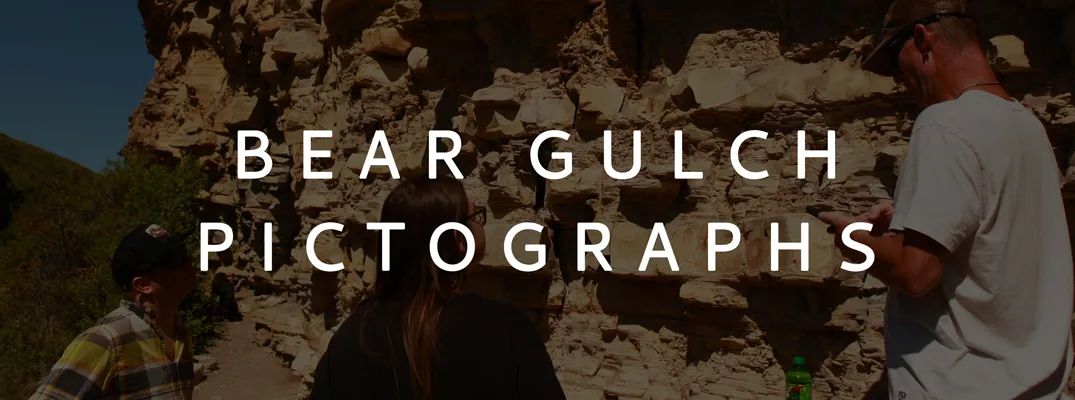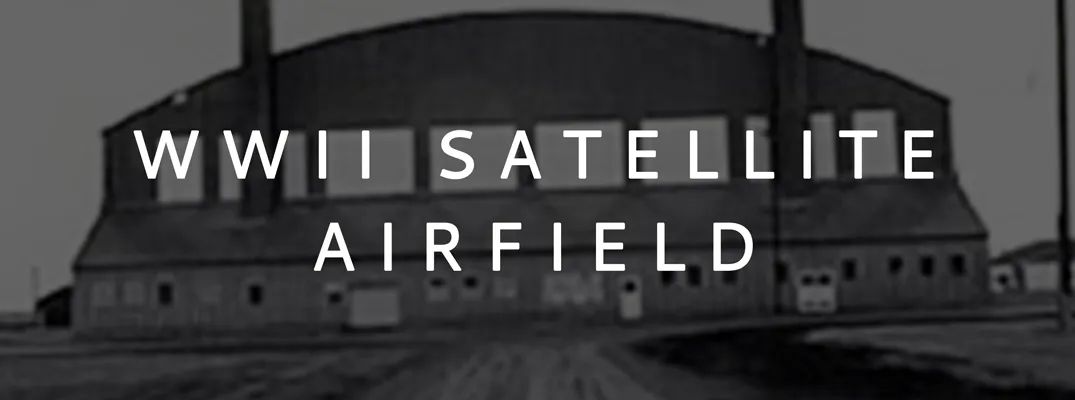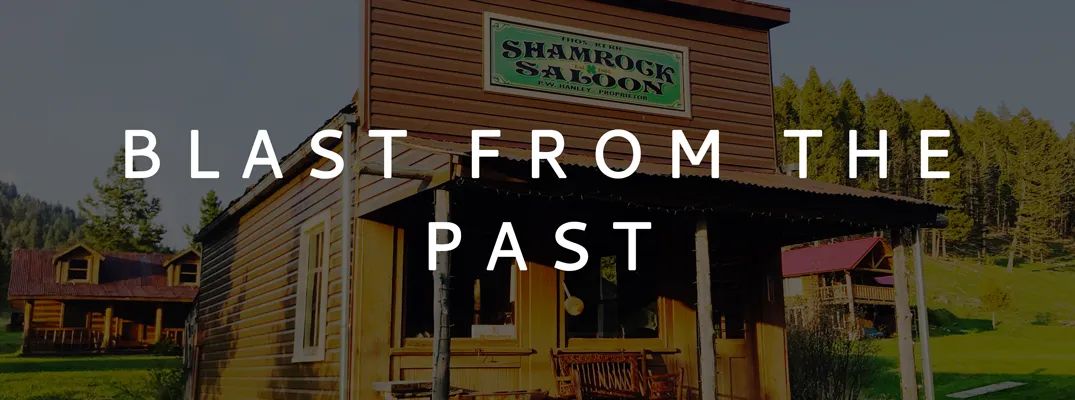
Blast from the Past
Lewistown's modern history starts around 1874 with the establishment of Camp Lewis. Following that, the area went through a number of changes as the Metis, cattlemen and sheep ranchers, miners, farmers, and the railroad brought new people, cultures, and lifestyles into town. Prior to that, Lewis and Clark made their way through our area. But Central Montana's documented history goes back way farther than that; the Bear Gulch Pictographs date back as early as 1000 CE. Enjoy this one-and-only blast from the past Central Montana adventure.
Stop 1: Central Montana Museum
The area’s history is chronologically portrayed beginning in the 1870s when the area was largely unsettled and buffalo roamed the open prairies. The Central Montana Museum features many photos and displays portraying the changes that resulted as many settlers from all walks of life came to this area and filed on homesteads. Also on exhibit are a variety of collections and displays with interpretation featuring some of the area’s most notorious characters, including Rattlesnake Jake Owens (outlaw) and Charles M. Russell (cowboy/famous artist).
Have a little extra time? Swing out to Winifred's museum.
The Winifred Museum is about 40 miles north of Lewistown and features clothing, household goods, newspapers, furniture, and nearly anything you could imagine from the homestead era. Other notable collections include over 400 salt and pepper shakers that once belonged to the “town grandma" and what is claimed to be the largest collection of Tonka toys in the world. A dinosaur fossil named Judith is also proudly displayed in the Winifred Museum. Judith was the first of her species to be discovered anywhere and was excavated right here in Central Montana.
The hours of the museum vary by time of the year. To inquire about hours please call (406) 462-5425. Reservations recommended, especially outside of the summer months.
Stop 2: Check out the wartime memorabilia in Symmes Park
Right next to the Central Montana Museum in Symmes Park is the Veterans Memorial Walk, featuring a Minuteman Missile, a Howitzer, and several other items. Get up-close and personal with these impressive pieces of machinery and snag a pic while you're at it.
Stop 3: Ghost towns and gold mines tour
The central Montana community boomed in the late 1800s when gold was discovered in the surrounding mountain ranges. Towns such as Maiden, Gilt Edge, Kendall, and Fort Maginnis sprang from this gold rush and became major hubs of activity. Check out this luscious part of history through a self-guided ghost towns and gold mines tour.
Stop 4: In June-October, sign up for the guided tour of Bear Gulch Pictographs
Bear Gulch is a well-preserved Plains Indian rock art site that displays more than 4,000 pictographs and petroglyphs that date back as early as 1000 CE. The drawings depict different scenes from everyday life, including warriors with shields, birthing rituals, and spirit animals. Tours are hosted by the family that owns the property. The tours are available Wednesday-Sunday June through October and last about two hours. Although the hike is simple and slow, hats, sunscreen, and hydration are recommended as there is little shade on the tour.
Bear Gulch is located about 45 minutes outside of Lewistown. Reservations required, and tours may be cancelled due to weather. Call 406-428-2185 for more information.
Stop 5: Poke around the WWII Satellite Airfield
During the dark days of WWII after the Japanese bombing of Pearl Harbor, the US Congress responded with massive defense appropriations, including $200M for airport development across the country. The Lewistown Satellite Airfield was constructed in Lewistown during World War II as one of four training facilities for B-17 Flying Fortress crew members and included a storage site for the top secret Norden Bombsight. The Norden Bombsight, a synchronous stabilized bomb-aiming device, was considered fundamental in America's precision bombing doctrine. The extant bombsight storage shelter which housed the bombsight is one of a few known buildings of this type remaining in the United States. The airfield was in operation during a 12-month period between 1942 and 1943 and thereafter deactivated.
The historic district retains all original buildings within its boundaries, with the exception of a guard house previously located southeast of the bombsight storage building. Seventeen buildings were built in this satellite airfield.

